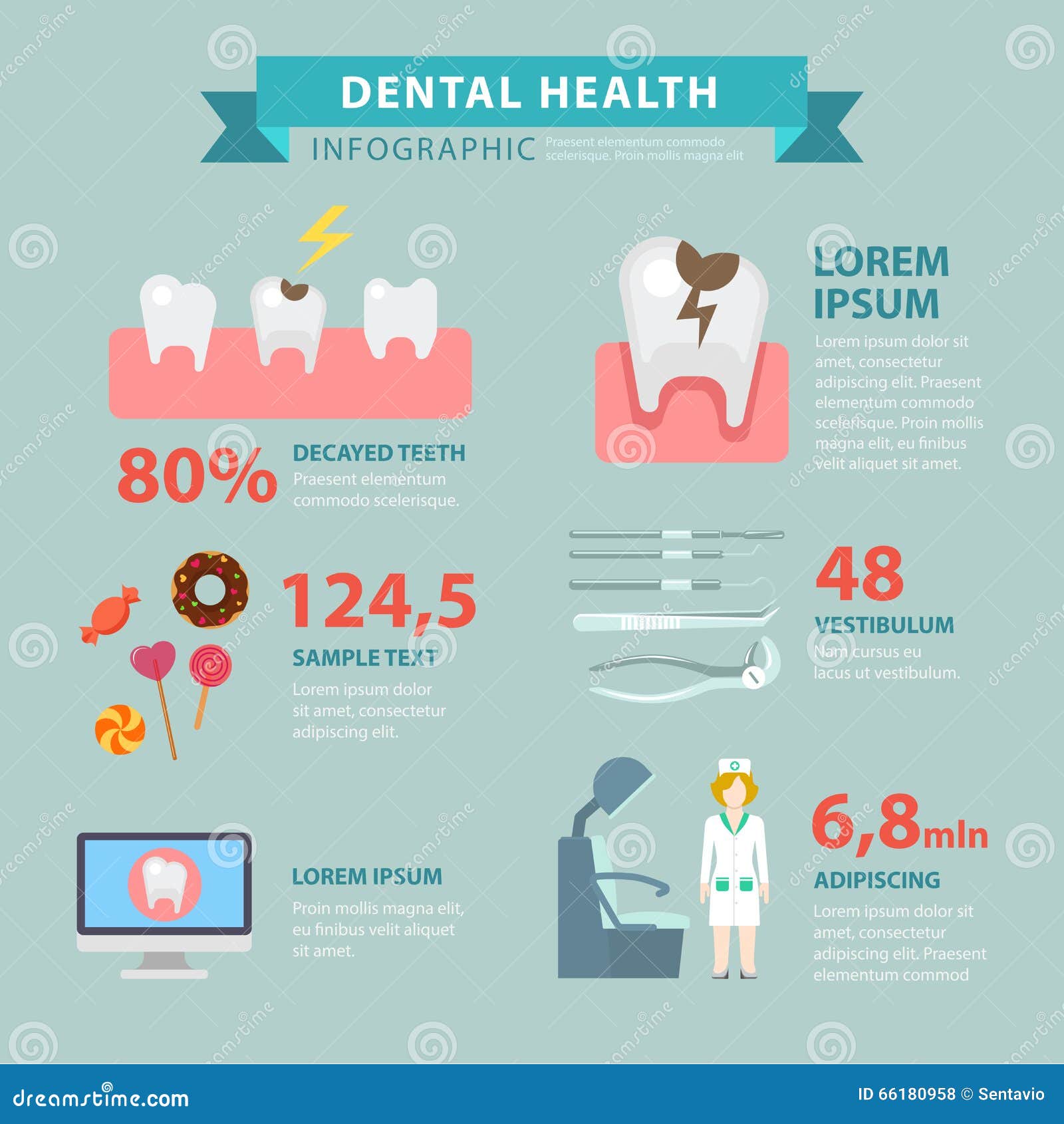Discover The Groundbreaking Technologies Reinventing Oral Surgery. Check Out The Future Of The Area And Remain Successful. Click Now For A Look Right Into Tomorrow!
Discover The Groundbreaking Technologies Reinventing Oral Surgery. Check Out The Future Of The Area And Remain Successful. Click Now For A Look Right Into Tomorrow!
Blog Article
dental implants full mouth price -Bendixen Jefferson
Welcome to the globe of dental surgery, where innovations and breakthroughs are forming the future of the field! In 3on6 , you'll witness the transformative power of robotics, the advanced marvel of 3D printing, and the game-changing effect of minimally invasive strategies.
The future of dental surgery holds an assurance of precision, effectiveness, and boosted client outcomes. With mouse click the next webpage of sophisticated robotics, doctors are able to execute intricate treatments with greater accuracy and control.
3D printing technology is transforming the creation of dental implants and prosthetics, using personalized services that fit seamlessly right into each patient's unique makeup.
Furthermore, minimally intrusive strategies are decreasing post-operative discomfort and healing time, permitting clients to go back to their daily lives quicker.
Prepare to explore the exciting technologies and breakthroughs that are reshaping the landscape of dental surgery!
Advancements in Robotics
One significant improvement in dental surgery is making use of robotic innovation, which enables precise and reliable operations. With the help of robot systems, dental specialists have the capacity to carry out complex surgical procedures with enhanced accuracy, decreasing the risk of human mistake.
These robot systems are geared up with innovative imaging innovation and precise tools that make it possible for doctors to browse with complex physiological frameworks easily. By using robotic technology, doctors can achieve better medical accuracy, leading to improved person end results and faster recuperation times.
Furthermore, using robotics in oral surgery enables minimally invasive treatments, minimizing the trauma to bordering tissues and promoting faster healing.
3D Printing in Oral Surgery
To enhance the field of oral surgery, you can explore the subtopic of 3D printing in dental surgery. This ingenious innovation has the prospective to change the method dental cosmetic surgeons run and deal with people. Right here are 4 vital ways in which 3D printing is forming the area:
- ** Custom-made Surgical Guides **: 3D printing enables the production of very exact and patient-specific medical guides, boosting the accuracy and efficiency of procedures.
- ** Implant Prosthetics **: With 3D printing, oral cosmetic surgeons can create tailored implant prosthetics that perfectly fit a person's distinct makeup, resulting in far better end results and individual contentment.
- ** Bone Grafting **: 3D printing allows the manufacturing of patient-specific bone grafts, lowering the demand for conventional implanting techniques and boosting healing and healing time.
- ** Education and learning and Training **: 3D printing can be made use of to produce practical medical designs for instructional purposes, allowing oral doctors to exercise intricate procedures prior to performing them on people.
With its prospective to enhance precision, personalization, and training, 3D printing is an exciting growth in the field of dental surgery.
Minimally Invasive Strategies
To further progress the area of dental surgery, accept the potential of minimally intrusive strategies that can considerably profit both cosmetic surgeons and people alike.
Minimally intrusive techniques are changing the field by minimizing surgical trauma, minimizing post-operative discomfort, and increasing the healing process. These strategies include using smaller sized incisions and specialized tools to execute procedures with accuracy and effectiveness.
By making use of advanced imaging technology, such as cone light beam computed tomography (CBCT), specialists can properly plan and carry out surgeries with marginal invasiveness.
In addition, using lasers in oral surgery permits specific cells cutting and coagulation, resulting in lessened bleeding and decreased recovery time.
With minimally intrusive strategies, people can experience quicker recovery, minimized scarring, and enhanced end results, making it an essential facet of the future of oral surgery.
Final thought
So, as you can see, the future of oral surgery is extremely promising, with interesting developments and advancements forming the area.
From the improvements in robotics to using 3D printing and minimally invasive techniques, dental specialists are changing the way they offer treatment.
While https://dallasinnovates.com/open-wide-robots-are-doing-dental-implants-in-dfw/ might bother with the potential expense connected with these advancements, it is necessary to keep in mind that these technologies ultimately boost individual results and lower recovery time, making them well worth the investment in the long run.
